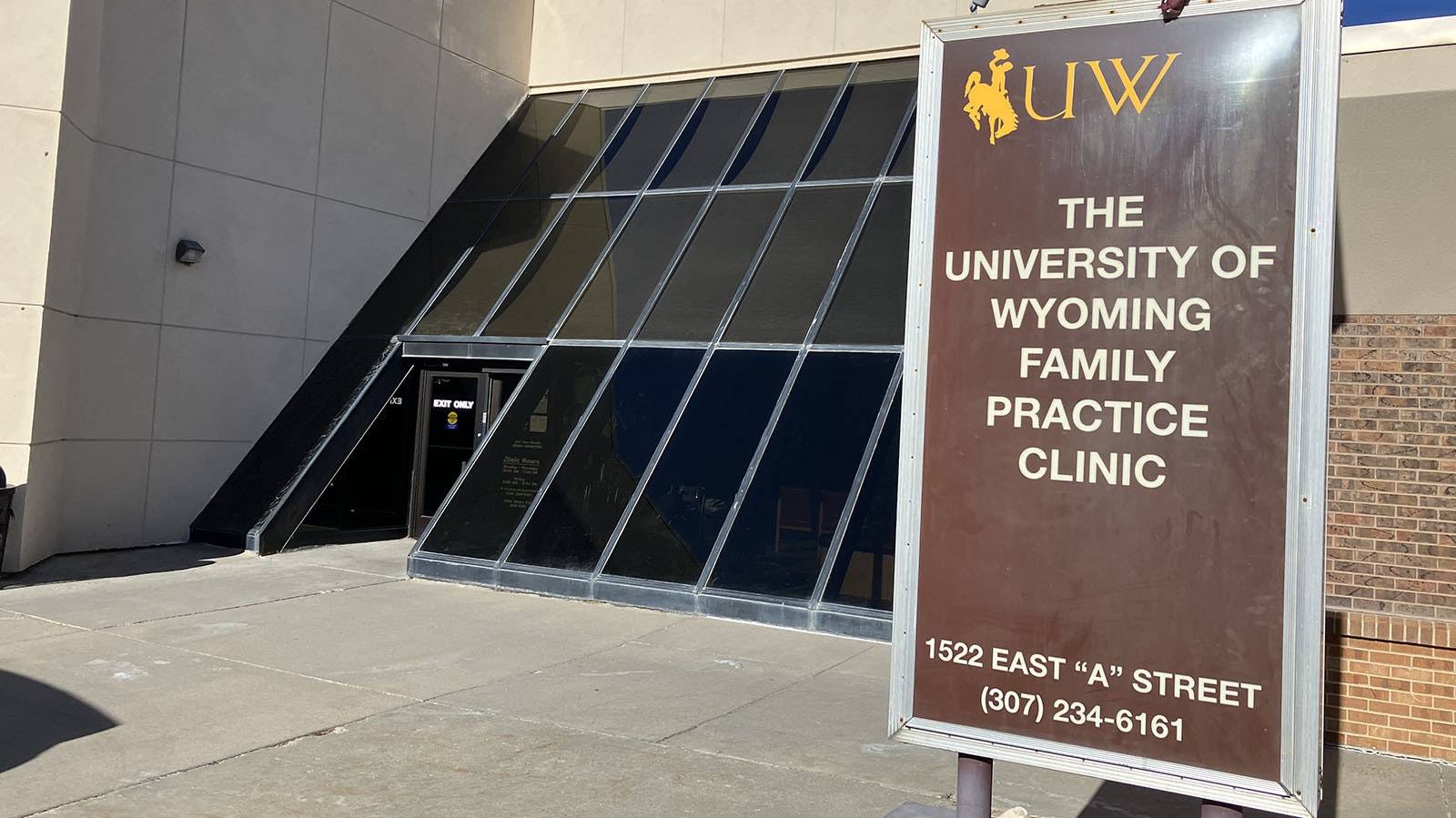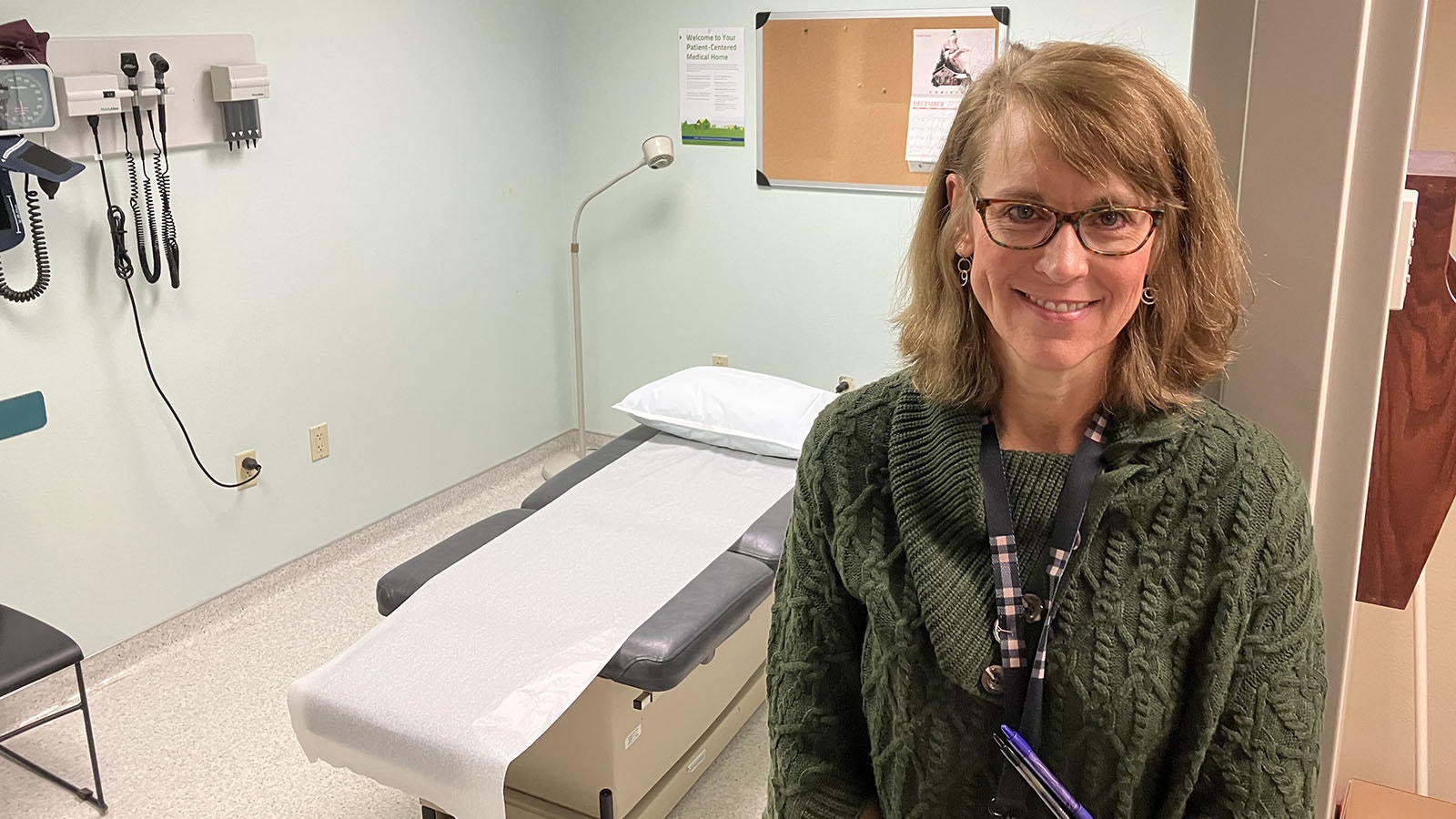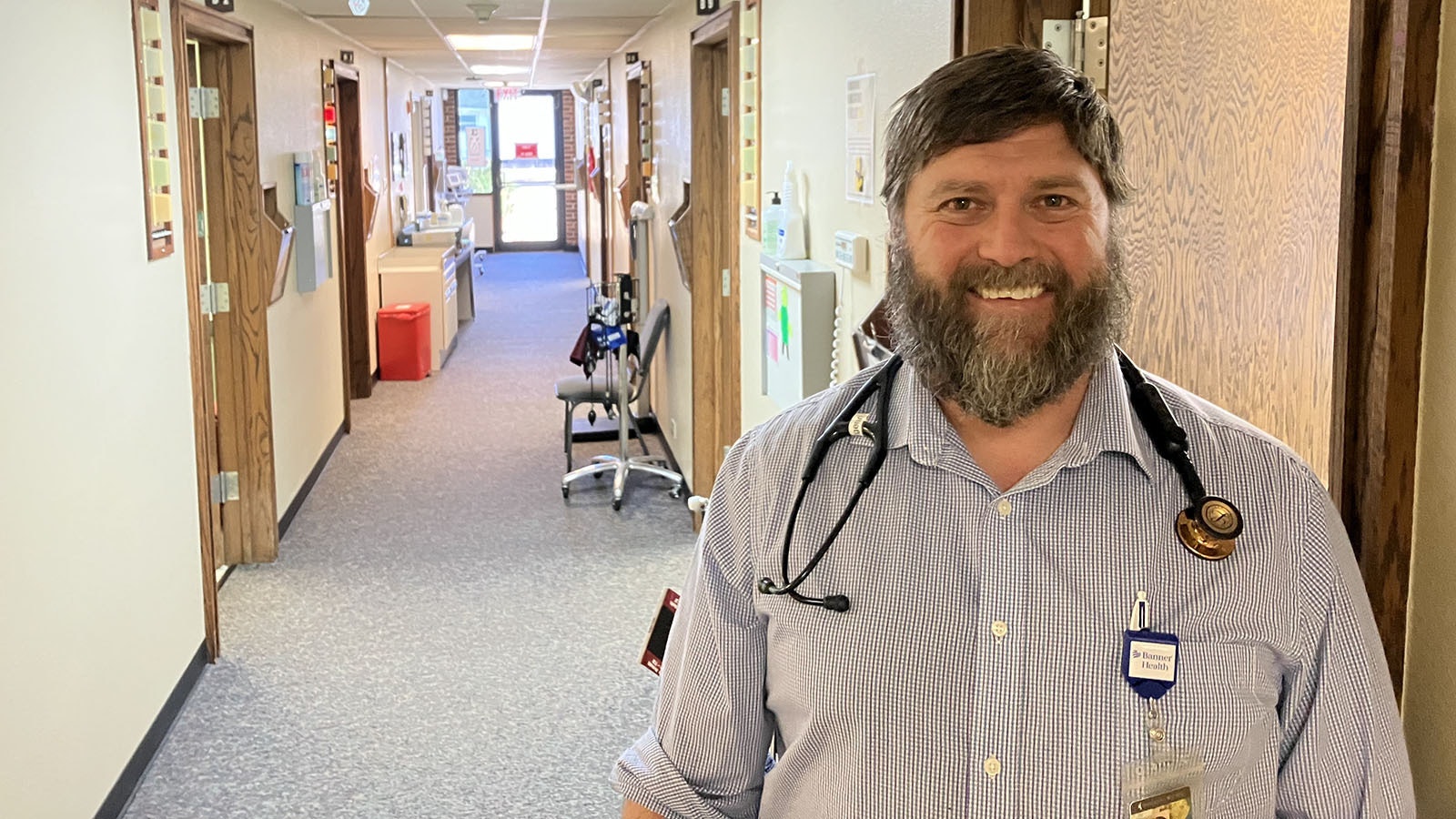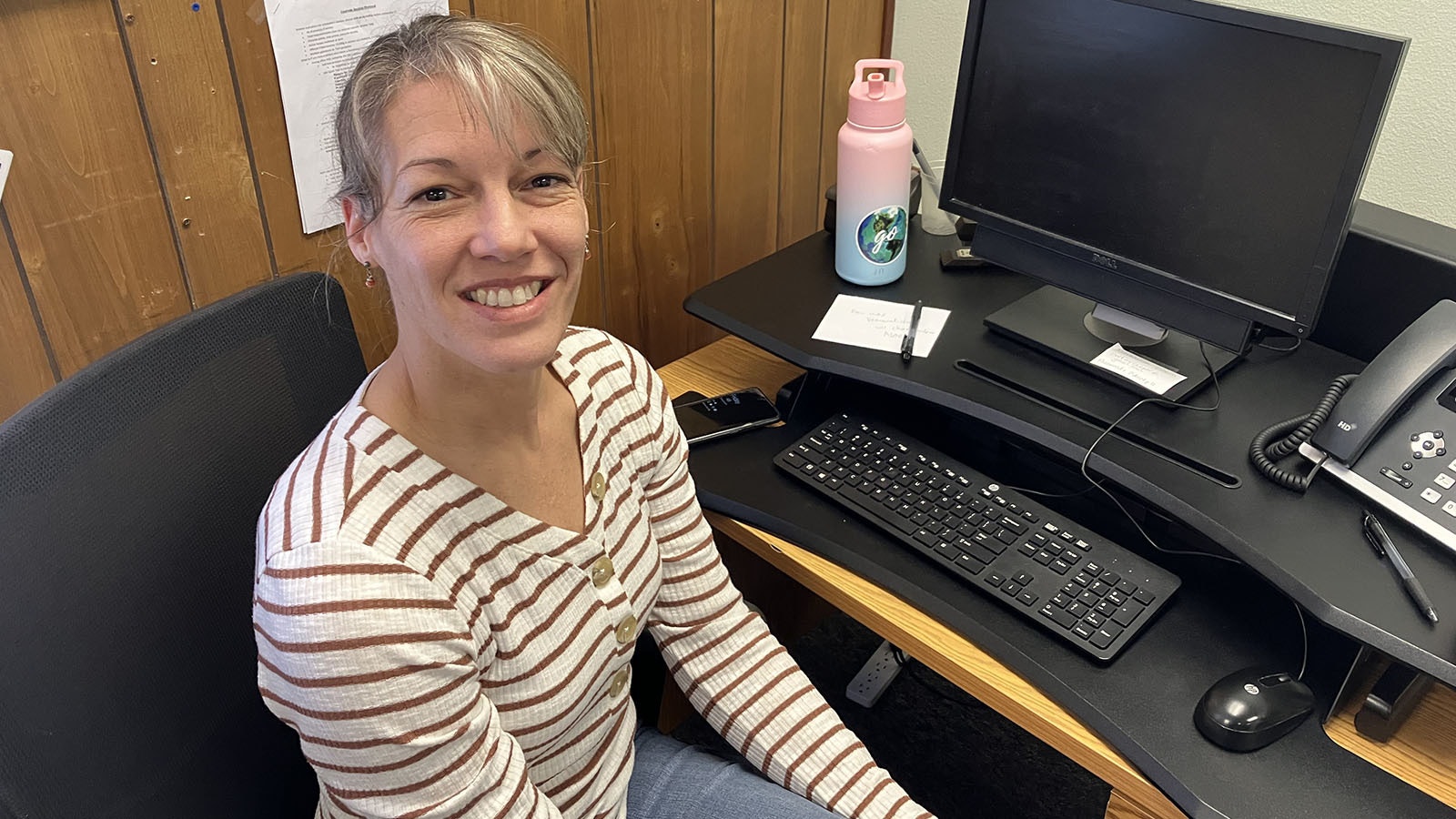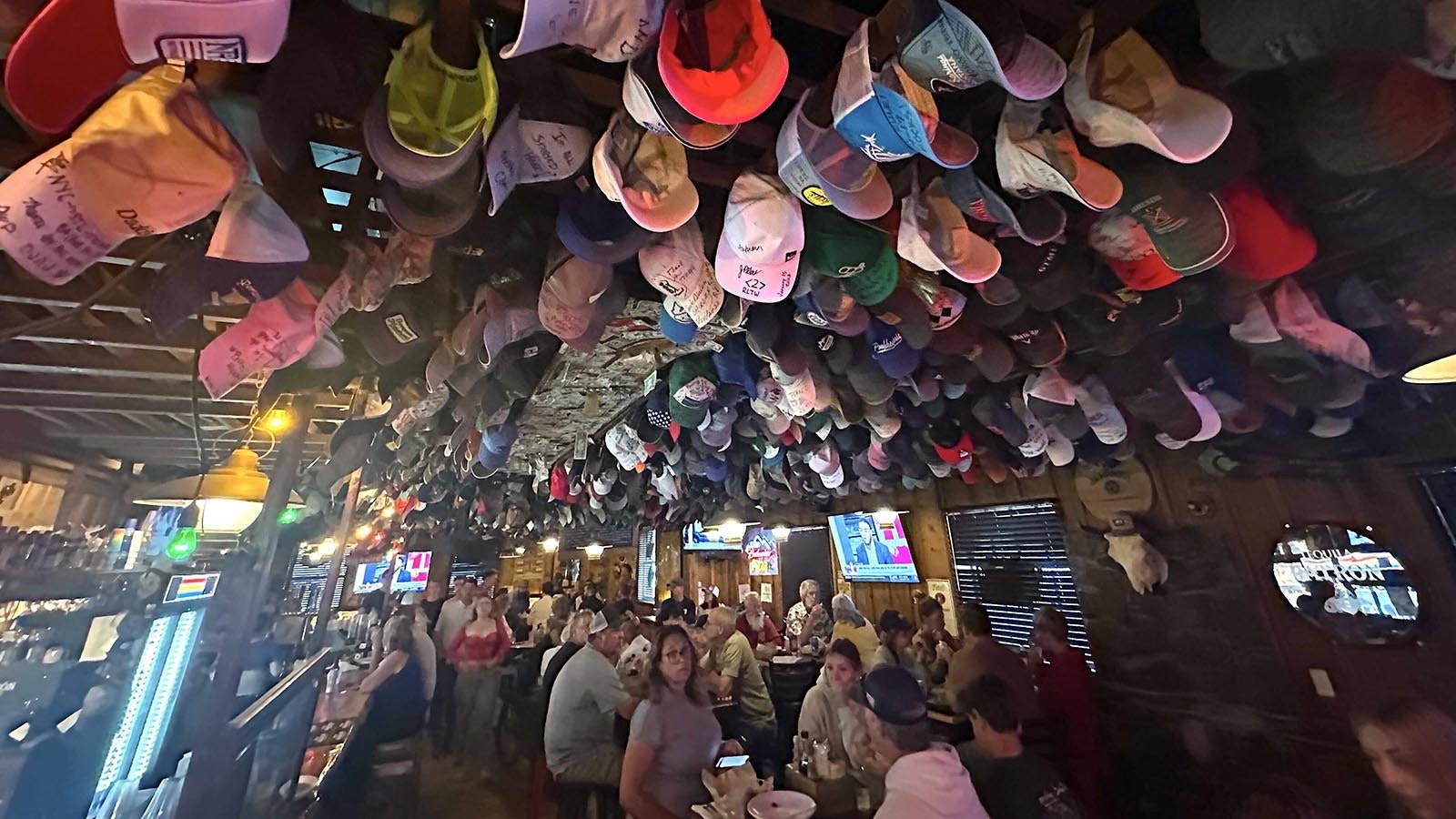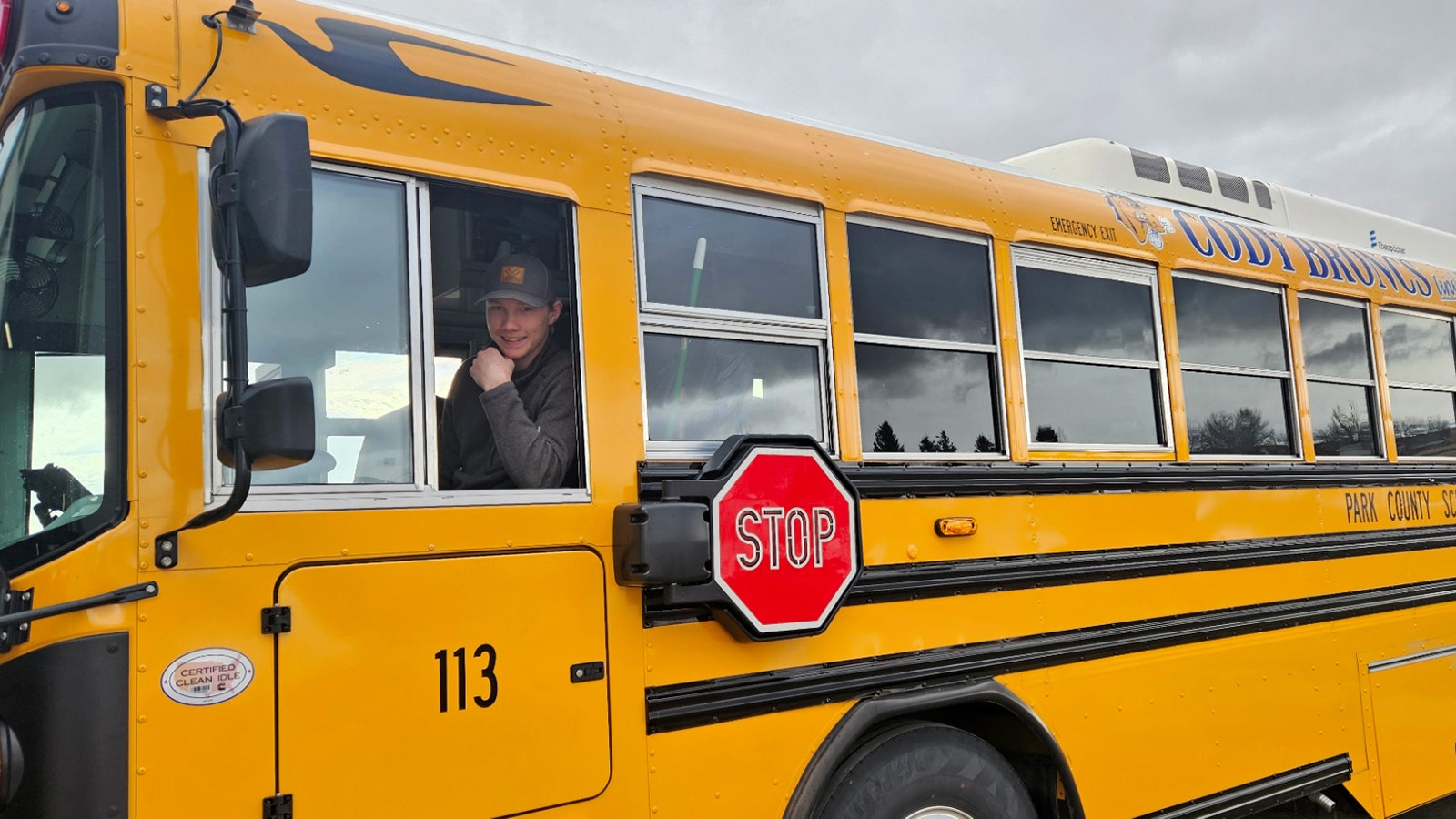CASPER — Caring for the underserved and uninsured is a big part of what the University of Wyoming Family Practice Clinic does on the north side of Casper.
The clinic is home to 24 family practice medicine residents and nine faculty members who treat a client base of more 6,000 patients.
University of Wyoming Graduate Medical Education Department Director Dr. Beth Robitaille said the clinic is a federally qualified health center that allows it to receive enhanced funding from Medicare and Medicaid as well as grants to care for those struggling to get health coverage.
“We take care of people regardless of their ability to pay, so we have homeless patients and those I call … my country club patients and everyone in between,” she said.
Going Where The Patients Are
Providers at the clinic also will go beyond their walls to see patients at the hospital, a nursing home or their homes if need be.
“I think we have compartmentalized medicine so much that we have left the good old Norman Rockwell ideal that takes care of you no matter what. We’re really the only practice in town that does that,” Robitaille said.
The clinic provides “cradle to grave” medical coverage that includes OB and prenatal care to geriatrics and hospice and end-of-life care as well as the health needs that happen between those stages of life.
“That broad scope of practice is something the residency brings to the clinic,” Dr. Robitaille said. “It’s unusual for a federally qualified clinic to have that broad of scope of practice without having the manpower from the residency program to do that.”
As part of part of the University of Wyoming, the residency has two main graduate medical education programs, one in Casper and another in Cheyenne. In Casper there are 24 residents, or eight in each year of the three-year residency, receiving training. Cheyenne has 18 residents, six in each year.

State Supported
Robitaille said the training is funded by the state, unlike most other residencies nationwide that are backed by federal dollars.
Wyoming’s program was locked into its uniqueness when in the 1970s, state leadership opted not to take federal graduate medical education funding through Medicare and Medicaid.
When other minds considered it might be a good idea in later years, it was too late, so it’s fully a state program.
“That’s kind of one of the challenges we have had to face and its unique within the world of training physicians,” Robitaille said.
As a residency program, there are competing needs to educate physicians as well as help them grow their skills serving patients. Robitaille said the residency program tries to find the right balance between “education” and “service” as it prepares physicians for their careers.
Long Hours, But Limits
While residents still put in long hours, there is a limit — 80 hours a week. And residents pulling a 24-hour shift are sent home for rest.
The education component now includes a rural medicine track that, if opted, can send one resident from the second and third year of training to Thermopolis to care for patients. There is also a geriatrics fellowship that has been launched out of the residency program in Casper that builds on the training and qualifies them for board certification in geriatrics.
Dr. Tabitha Thrasher, a member of the faculty, went through the residency in 2012-2015. She is now a board-certified instructor for the geriatrics component of training and helps lead the geriatrics fellowship. She said as part of the residency, first-year residents get assigned geriatric patients and will doctor them through their time in Casper.
“They have continuity all three years at one of the nursing homes,” she said. “They will have three to six patients apiece and they will follow them through their three years.”
Clinic facilities allow patients to get X-rays, medications are dispensed at an attached pharmacy and a dental exam room allows a community dentist to come in once a week and provide services for the needy. In addition to exam rooms, the clinic boasts an auditorium for lectures as well as a room for counseling with behavioral health patients and telehealth visits.
Community Effort
Physicians, such as cardiologists and obstetricians in the community, partner with the residency to provide instruction in their specialties.
“It’s really a community effort,” Robitaille said.
While the residents are not obligated to stay in Wyoming after they graduate, Robitaille said there are about 100 practicing in the state who have graduated from the program.
Faculty member Dr. Adam Heessel of Worland is one of them. After medical school in Washington state, he joined the residency. And following his graduation in Casper and then a fellowship in Minnesota for obstetrics, he returned to share his skills at the clinic. He said he touted Wyoming’s program to those in the Minnesota because of the scope of training he received.
“I felt like I could go anywhere in the U.S. to practice,” he said.
A Resident’s View
Second-year resident Dr. Alex Bergeron, a graduate of Pacific Northwest University School of Osteopathic Medicine, agrees. He said while the residency is demanding, it is giving him the tools he needs to start his professional career.
“The training was second to none in terms of what I looked into, as far as family medicine residency programs in the West,” he said. “The level of pathology that we see here is second to none, the volume is high, so even though it is challenging in residency, I think I will be as comfortable as I can be after residency by having the challenges that I am experiencing now.”
He is considering a geriatric fellowship after the residency and the launching his professional career in Casper.
The Future
Robitaille said retention of the residency graduates in the Cowboy State is becoming a lot more competitive. Some health systems are providing residency students a stipend in their first year of residency as a means to recruit them out of state two years later.
That reality continues to fuel program efforts and creativity.
“We’re always trying to recreate ourselves to make us better,” Dr. Robitaille said. “To grow the training so we can bring more doctors to the state and more care to the patients.”
Dale Killingbeck can be reached at dale@cowboystatedaily.com.

